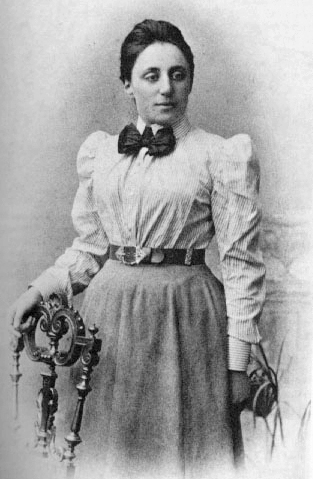 Elena Lucrezia Cornaro Piscopia, (5 June 1646 – 26 July 1684) was an Italian philosopher of noble descent, who was the first woman to receive an academic degree from a university. I discovered this excellent woman’s story while researching Laura Bassi.
Elena Lucrezia Cornaro Piscopia, (5 June 1646 – 26 July 1684) was an Italian philosopher of noble descent, who was the first woman to receive an academic degree from a university. I discovered this excellent woman’s story while researching Laura Bassi.
Elena was considered to be an expert musician. In addition to mastering the sciblis of her time-which means she mastered almost the entire body of knowledge-Elena mastered the harpsichord, the clavichord, the harp, and the violin. Her skills were shown by the music that she composed in her lifetime.
She was a member of various academies and was esteemed throughout Europe for her attainments and virtues. According to Margaret Alic, she became a mathematics lecturer at the University of Padua in 1678. The last years of her life were devoted to study and charity. She died at Padua in 1684 of tuberculosis, was buried in the church of Santa Giustina at Padua, and her statue was placed in the university.
By the advice of a friend of the family’s, she began the study of Latin and Greek and became proficient in these languages at the age of seven. She also mastered Hebrew, Spanish, French and Arabic, earning the title of “Oraculum Septilingue”. Her later studies included mathematics, philosophy, and theology. She was invited to be a part of many scholarly societies when her fame spread and in 1670 became president of the Venetian society Accademia dei Pacifici.
When the bishop of Padua learned that she was pursing a degree in theology, he refused on the grounds that she was a woman. However, he did allow for her to get a degree in philosophy. The degree was conferred on 25 June 1678, in Padua Cathedral in the presence of the University authorities, the professors of all the faculties, the students, and most of the Venetian Senators, together with many invited guests from the Universities of Bologna, Perugia, Rome, and Naples. The Lady Elena spoke for an hour in classical Latin, explaining difficult passages selected at random from the works of Aristotle. She was listened to with great attention, and when she had finished, she received plaudits as Professor Rinaldini proceeded to award her the insignia of the laurea, the book of philosophy, placing the wreath of laurel on her head, the ring on her finger, and over her shoulders the ermine mozetta. This scene is illustrated in the Cornaro Window in the West Wing of the Thompson Memorial Library at Vassar College.
Her death was marked by memorial services in Venice, Padua, Siena, and Rome. Her writings, published at Parma in 1688, include academic discourses, translations, and devotional treatises. In 1685 the University of Padua caused a medal to be struck in her honour. In 1895 Abbess Mathilda Pynsent of the English Benedictine Nuns in Rome had Elena’s tomb opened, the remains placed in a new casket, and a suitable tablet inscribed to her memory.
 This woman’s story could be found in my (and probably your) facebook stream for a couple of months, on and off. The picture I’m posting here is way more recent than the famous one used in all the postings telling us about her greatest achievement, so you probably didn’t recognize here. The famous picture is that of a young woman, wearing big glasses and a striped dress, proudly smiling into the camera, standing next to a huge pile of documents.
This woman’s story could be found in my (and probably your) facebook stream for a couple of months, on and off. The picture I’m posting here is way more recent than the famous one used in all the postings telling us about her greatest achievement, so you probably didn’t recognize here. The famous picture is that of a young woman, wearing big glasses and a striped dress, proudly smiling into the camera, standing next to a huge pile of documents.





